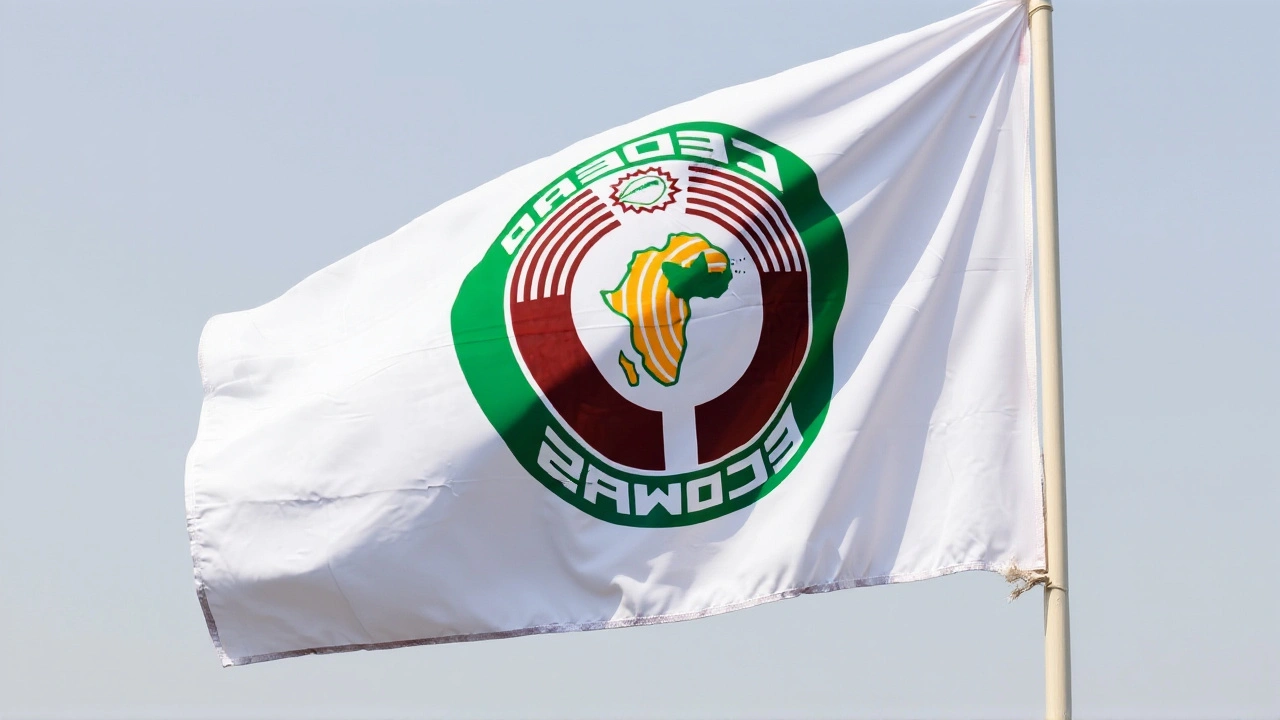When you think of Niger, a landlocked country in West Africa with vast desert landscapes and a growing population facing climate and political pressures. Also known as the Republic of Niger, it sits between Nigeria to the south and Libya to the north, often overlooked in global headlines but critical to understanding Africa’s future. Unlike its neighbor Nigeria, which dominates headlines with oil, elections, and economic shifts, Niger’s story is quieter—but no less urgent. Its government has faced coups, protests, and shifting alliances with foreign powers, especially as regional security threats from Sahel-based groups grow. Meanwhile, local communities are trying to protect wildlife like the endangered West African giraffe and desert elephants, often with little funding and even less international attention.
Niger’s political instability doesn’t happen in a vacuum. It’s tied to droughts that wipe out crops, rising food prices, and the collapse of traditional herding routes. When you read about Nigeria, a major African economy with deep political influence and frequent unrest, it’s easy to forget that Niger’s fate is often shaped by what happens just across the border. The same leaders pushing for authoritarian control in Nigeria are watched closely in Niamey, and vice versa. And while Nigeria debates power shifts and election fraud, Niger is rebuilding its institutions after military takeovers. Both countries struggle with youth unemployment, but Niger’s rural population relies more directly on land and animals for survival.
Wildlife conservation in Niger is one of the quietest success stories in Africa. The Aïr and Ténéré Natural Reserves, a UNESCO site, still hold some of the last wild populations of addax and dama gazelle—species that vanished elsewhere. Local herders, once seen as threats to nature, are now key partners in anti-poaching efforts. These aren’t flashy safari tours like in Kenya or South Africa. This is survival—where protecting a single giraffe can mean feeding a family for months. And while global news focuses on the Horn of Africa’s droughts or the Congo’s forests, Niger’s drylands are quietly becoming a model for community-led conservation in harsh environments.
What you’ll find in this collection isn’t just headlines about coups or protests. It’s the real, messy, human side of life in Niger—how politics, climate, and wildlife all tie together. You’ll see how events in one part of Africa ripple through others. Whether it’s a military takeover in Niamey, a drought affecting pastoralists, or a rare giraffe calf born in a protected zone, these stories matter. They’re not distant. They’re part of a larger pattern shaping Africa’s future.

Burkina Faso, Mali, and Niger formally exited ECOWAS on January 29, 2025, ending a year-long withdrawal process. Their military-led alliance cites foreign influence and lack of support against terrorism, threatening regional stability and food security for 17 million malnourished children.
Read More >>